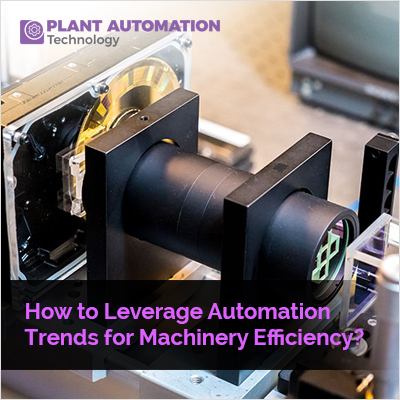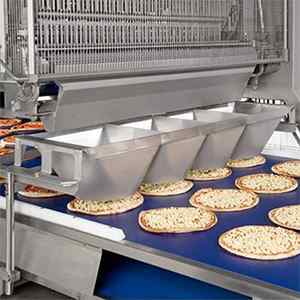How to Leverage Automation Trends for Machinery Efficiency?

Introduction:
In the dynamic and swiftly evolving industrial realm, automation stands out as a crucial catalyst for elevating the efficiency of machinery. By incorporating state-of-the-art technologies, businesses can streamline their operations, amplify productivity, curtail costs, and uphold a competitive advantage in the market. This extensive guide will explore essential strategies for harnessing automation trends to achieve peak machinery efficiency.
- Integrate IoT for Real-time Monitoring: The Internet of Things (IoT) plays a pivotal role in transforming machinery operations by providing real-time monitoring capabilities. Implementing IoT sensors on equipment facilitates the continuous collection and transmission of critical data. This data-driven approach enables proactive decision-making, as it offers insights into equipment performance, potential maintenance needs, and impending issues. The result is a shift towards predictive maintenance strategies, minimizing downtime and extending the lifespan of machinery.
- Implement Machine Learning Algorithms: The incorporation of machine learning (ML) algorithms is essential for fine-tuning machinery performance. Through the analysis of vast datasets, these algorithms excel at recognizing patterns, foreseeing potential issues, and fine-tuning operational parameters. The integration of machine learning into machinery systems establishes adaptive and self-optimizing processes. This intelligent automation not only boosts efficiency but also plays a role in conserving resources and enhancing energy efficiency.
- Robotics for Repetitive Tasks: The integration of robotic systems into manufacturing processes addresses the challenges associated with repetitive and labor-intensive tasks. With their precision and consistency, robots excel in handling monotonous jobs. Collaborative robots (cobots) can operate alongside human operators, offering flexibility and ensuring safety. This automation of routine tasks enables human workers to dedicate their efforts to more complex and creative aspects of production, ultimately optimizing overall efficiency.
- Advanced Control Systems: Implementing advanced control systems, such as Programmable Logic Controllers (PLCs) and Distributed Control Systems (DCS), establishes a centralized platform for monitoring complex industrial processes. These systems enable precise control and monitoring, minimizing the potential for errors and ensuring optimal production parameters. This results in increased machinery efficiency and an overall improvement in operational performance.
- Digital Twin Technology: Digital twin technology is revolutionizing the way businesses approach machinery optimization. Creating virtual replicas of physical machinery allows for simulation, testing, and optimization in a risk-free virtual environment. This enables manufacturers to predict and address performance issues before implementation in the real world, ultimately leading to more efficient and reliable machinery.
- Autonomous Vehicles in Material Handling: The adoption of autonomous vehicles for material handling within manufacturing facilities brings a new level of efficiency to logistics. Automated guided vehicles (AGVs) and autonomous mobile robots (AMRs) can navigate through the facility, transporting materials without the need for manual intervention. This not only reduces the risk of errors but also contributes to a smoother and more streamlined production process.
- Cloud Computing for Data Storage and Analysis: The integration of cloud computing in industrial automation facilitates centralized data storage and analysis. Cloud-based platforms offer scalable solutions for handling large datasets and provide seamless access to information from anywhere. This enhances collaboration among teams and supports the implementation of data-driven strategies, leading to more informed decision-making processes.
- Cybersecurity Measures: With the rise of automation trends and heightened interconnectivity, placing a premium on cybersecurity is crucial. Implementing robust cybersecurity measures is vital for shielding automated systems against potential threats. Safeguarding sensitive data, thwarting unauthorized access, and ensuring uninterrupted operations are pivotal components of a holistic cybersecurity strategy in the era of automation.
Conclusion: In summary, harnessing automation trends is imperative for optimizing machinery efficiency in today's ever-evolving industrial landscape. The integration of IoT, machine learning, robotics, advanced control systems, digital twin technology, autonomous vehicles, cloud computing, and robust cybersecurity measures enables businesses not only to maintain competitiveness but also to trim operational costs and foster sustainable growth. Embracing these trends goes beyond a strategic decision; it is a necessity for organizations aspiring to propel themselves into a future characterized by efficient and intelligent manufacturing processes. As the automation era unfolds, those adept at leveraging its capabilities will undoubtedly lead the way in shaping the future of industrial efficiency.







